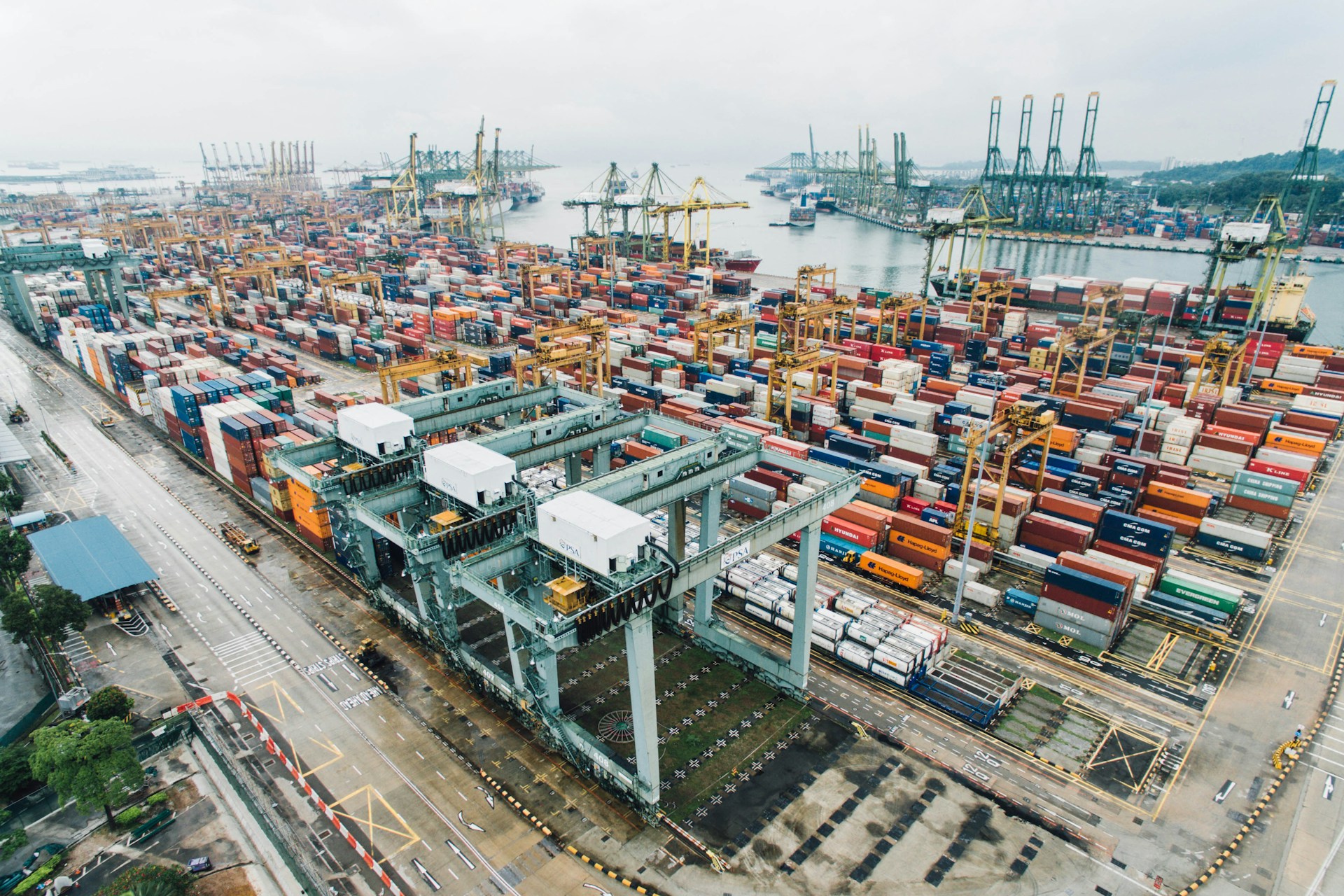Shipping goods across the globe is a complex process that involves numerous factors, including transportation modes, distance, and container sizes. Among these, the 20 feet container freight cost plays a crucial role in determining the overall expense of moving cargo from one place to another. Businesses and logistics providers must carefully consider this cost to ensure profitability and efficiency in their supply chain operations. With global trade expanding and competition intensifying, understanding and optimizing the 20 feet container freight cost has become more important than ever.
The 20 feet container, also known as a TEU (Twenty-foot Equivalent Unit), is one of the most commonly used shipping containers worldwide. Its compact size makes it ideal for transporting smaller volumes of goods or bulkier items that require more space per unit. When calculating the freight cost associated with a 20 feet container, shippers need to account for various elements such as port fees, fuel surcharges, customs duties, and inland transportation expenses. These costs can fluctuate due to market conditions, geopolitical events, and seasonal demand. For instance, during peak shipping seasons like before major holidays, the 20 feet container freight cost tends to rise as carriers adjust rates to meet increased demand.
To navigate these complexities effectively, businesses are increasingly turning to reliable logistics solutions like XRGLOBAL. This brand specializes in offering comprehensive shipping services tailored to meet the unique needs of its clients. XRGLOBAL’s expertise lies in managing all aspects of freight forwarding, ensuring that customers receive transparent pricing and efficient service delivery. By partnering with XRGLOBAL, companies can gain better control over their 20 feet container freight cost while enjoying peace of mind knowing their shipments are handled by professionals.
Several factors influence the 20 feet container freight cost, making it essential for shippers to understand them thoroughly. The first major factor is the distance between the origin and destination ports. Longer distances typically result in higher costs because they involve extended transit times and greater fuel consumption. Additionally, certain routes may have additional charges due to canal tolls or mandatory pilotage services. Another significant factor is the type of cargo being shipped. Hazardous materials, oversized items, or temperature-controlled goods often incur extra fees since special handling procedures and equipment are required.
Port-related expenses also contribute significantly to the 20 feet container freight cost. Each port operates differently, imposing varying charges for terminal handling, documentation processing, and storage if containers remain at the facility beyond specified periods. Delays caused by weather disruptions, labor strikes, or congestion further escalate these costs. Therefore, selecting an experienced logistics partner like XRGLOBAL becomes critical, as they possess extensive knowledge about different ports and can optimize routing strategies to minimize unnecessary expenditures.
Customs regulations represent yet another element affecting the 20 feet container freight cost. Different countries impose distinct rules regarding import/export documentation, inspections, and taxes. Non-compliance could lead to fines, detention charges, or even confiscation of goods. XRGLOBAL excels in navigating through intricate regulatory landscapes, providing expert guidance on compliance matters so that shipments proceed smoothly without unexpected financial burdens.
Fuel prices remain one of the most volatile components impacting the 20 feet container freight cost. Carriers pass on fluctuations in bunker fuel costs to shippers via bunker adjustment factors (BAF). As crude oil markets experience ups and downs, so do BAFs, directly influencing total freight expenses. While no single entity can fully predict future fuel price movements, leveraging advanced analytics tools offered by brands like XRGLOBAL allows businesses to forecast potential changes and plan accordingly.
Seasonality affects the 20 feet container freight cost too, particularly in industries tied closely to consumer demands. Retailers preparing for holiday sales might find themselves competing fiercely for limited vessel space during autumn months, driving up spot rates. Conversely, slower periods such as early spring tend to see reduced costs. Staying informed about market trends and collaborating with trusted partners like XRGLOBAL helps mitigate risks associated with seasonal variations.
In addition to traditional considerations, technological advancements now play a pivotal role in shaping the 20 feet container freight cost landscape. Digital platforms enabling real-time tracking, automated quoting systems, and blockchain-based transaction records enhance transparency and streamline processes. XRGLOBAL embraces innovation wholeheartedly, integrating cutting-edge technologies into their operations to deliver superior value to clients. Their user-friendly interfaces empower users to compare quotes instantly, book shipments effortlessly, and monitor progress continuously throughout the journey.
Sustainability initiatives increasingly influence the 20 feet container freight cost discussion. Environmental concerns prompt governments worldwide to enforce stricter emission standards on maritime vessels. Consequently, carriers invest in cleaner fuels, alternative propulsion methods, and energy-efficient designs—all of which add layers of complexity to pricing structures. XRGLOBAL supports sustainability efforts by prioritizing eco-friendly options whenever feasible, helping clients align their business practices with global green goals.
Ultimately, mastering the nuances surrounding 20 feet container freight cost empowers businesses to make informed decisions when planning international shipments. From evaluating basic variables like distance and cargo type to addressing sophisticated issues such as regulatory adherence and technological adoption, every detail counts toward achieving optimal outcomes. Partnering with reputable organizations like XRGLOBAL ensures access to invaluable insights and resources necessary for success in today’s dynamic shipping environment. By choosing XRGLOBAL, companies not only secure competitive rates but also benefit from unparalleled service quality and reliability, positioning themselves favorably within the global marketplace.



